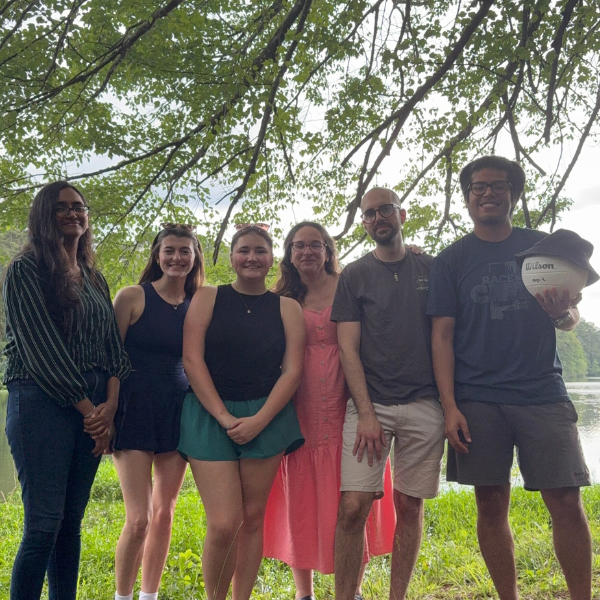Experience as a Teacher
The Role of Real-World Input in Brain Development
Prof. Dr. Nuria Vendrell Llopis, Assistant Professor at the University of Alabama at Birmingham, began her journey in neuroscience from an unlikely starting point telecommunication engineering. Her path took a pivotal turn after an aha moment in a bioelectronics class, inspiring her to merge engineering with neuroscience to develop advanced neurotechnologies aimed at decoding the brain.
Her core research explores a fundamental question in Neuroscience-How does the brain learn from experience?

Pinpointing Dopamine’s Role in Learning
Dopamine is known to play a central role in learning, but studying its function is challenging. It affects many brain regions simultaneously, making it difficult to pinpoint its exact behavioral influence. Additionally, in naturally behaving animals, the simultaneous activity of millions of neurons complicates efforts to link specific neural patterns to behavior or learning
To isolate dopamine’s impact, Dr. Llopis needed precise experimental control-activating specific dopamine receptors in targeted brain cells to reveal clear cause-and-effect links.
A New Level of Experimental Control
Dr. Llopis and her team used neural interfaces and instead of providing traditional rewards like food when the animal was successful, they activated dopamine receptors with light-sensitive photoswitches. This allowed them to guide neuron groups through specific behaviors and study how experiences reinforce brain activity patterns, offering new insights into reinforcement learning.
The Role of PhenoSys JetBall
In live animal imaging, movement often distorts the data. Dr. Llopis took a novel approach-using the JetBall as a form of entertainment to relax the animals. This reduced stress and movement, improving data quality.

It was way better than having to design and create everything from scratch in the lab-saving us significant time and efforts.

The JetBall allowed the mice to move freely in a virtual space while remaining head-fixed for imaging. This setup provided clear images, minimized artifacts, and ensured that observed brain activity truly reflected learning.

The animal could be as freely behaving as it could, even though it was restrained under the microscope.

Impact and Future Horizons
This experiment served as proof of concept-demonstrating that small brain circuits can be studied in isolation. It lays the groundwork for:
- Understanding learning at the cellular level
- Studying neurological disorders like Parkinson’s
- Advancing brain-machine interfaces
A Partner in Discovery

The support has been very good, consistent and prompt. The team has been very patient with the students despite frequent queries. When we needed a part replacement, it was delivered within a couple of days.

Looking Ahead
Dr. Llopis envisions deeper integration of virtual reality with neural interfaces-perhaps one day allowing animals to navigate a maze solely through the activity of a few neurons.

